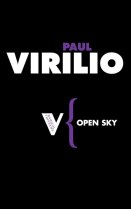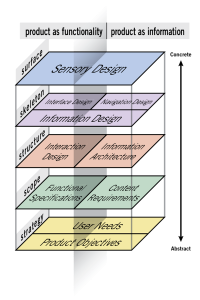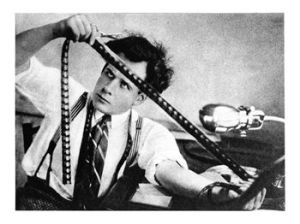 Open Sky is a book written by Paul Virilio in 1995 about “information technology and the global media.” One of my first thoughts of this book is how interesting it is that to be written by an artist who originally trained in stained glass art. With in the first few sections of Part I, it is evident that his experience enabled him to write this book.
Open Sky is a book written by Paul Virilio in 1995 about “information technology and the global media.” One of my first thoughts of this book is how interesting it is that to be written by an artist who originally trained in stained glass art. With in the first few sections of Part I, it is evident that his experience enabled him to write this book.
His book starts off by talking about the difference between real-space and real time. From what I can understand, real-time is what is currently happening in our technologically advancing world where these technologies are creating a new dimension to life in comparison to real-space, where it literally creates dimension by using infrastructure.
 Meeting at a distance is talked about as being in here and there at the same time. This is only conceivable in our time with the type of technologies that have come out even in the past five years. My first thought was how easy it is to be at a job interview that is three states over while being in your own home. Things like Skype or FaceTime have made this distance a possibility.
Meeting at a distance is talked about as being in here and there at the same time. This is only conceivable in our time with the type of technologies that have come out even in the past five years. My first thought was how easy it is to be at a job interview that is three states over while being in your own home. Things like Skype or FaceTime have made this distance a possibility.
Virilio talks about and defines the importance of space and time. Space and time are literally being defined by our technology and we are the reason for why it’s almost being warped. FaceTime is a great example of how we are doing this. We are closing the distance and completing other tasks at the same time — it’s truly remarkable when looking even at ten years ago.







